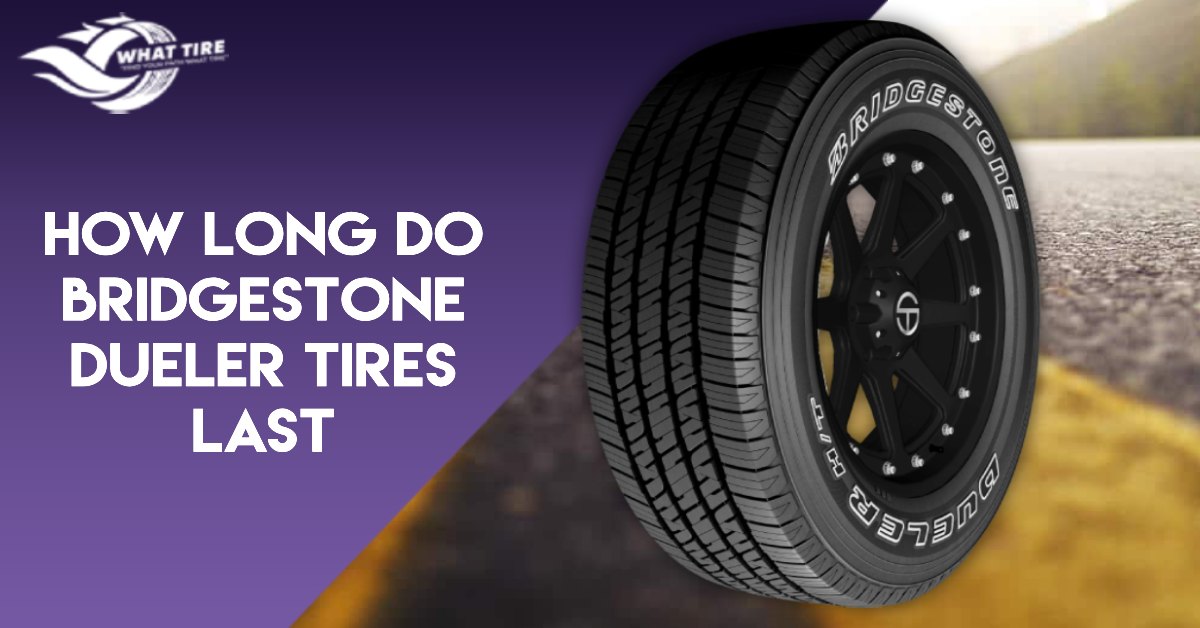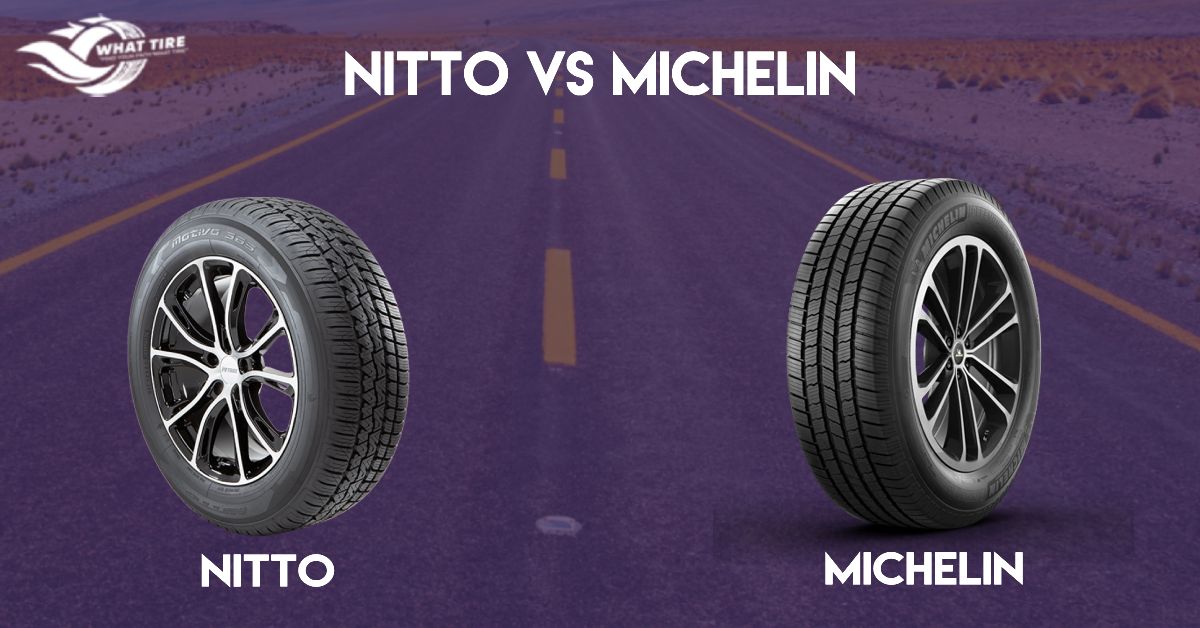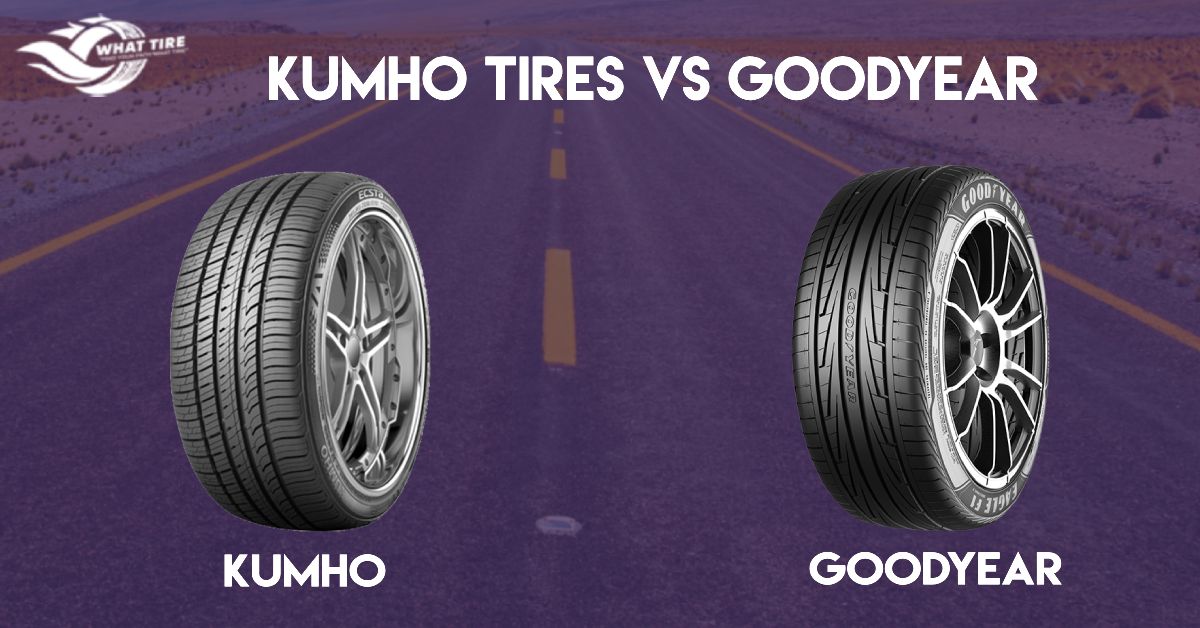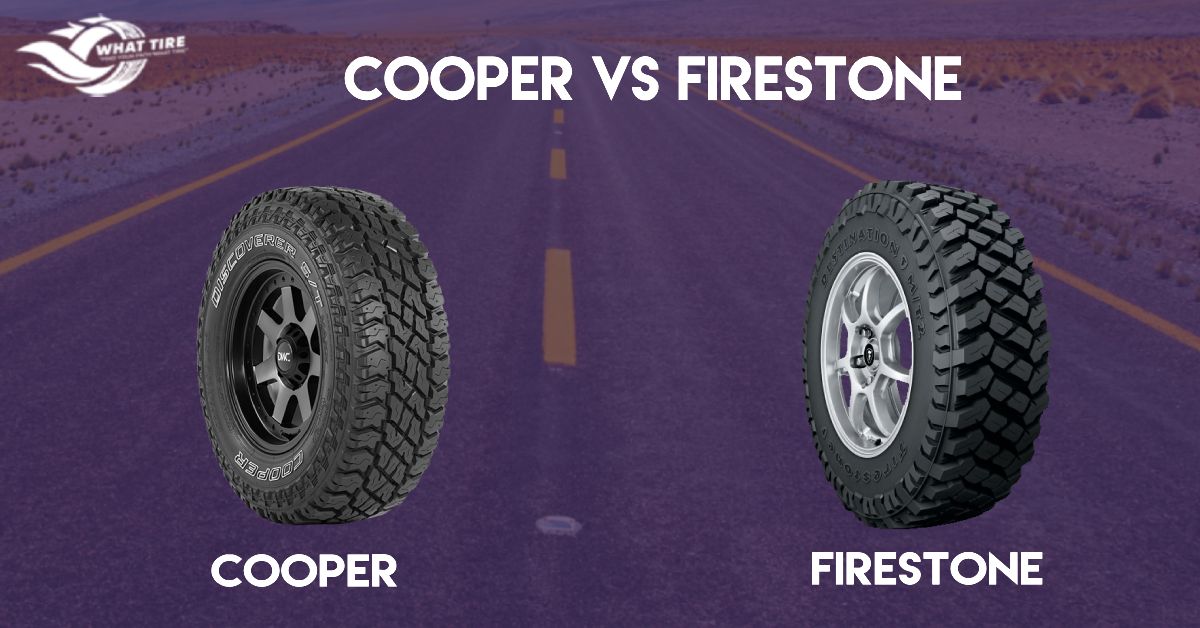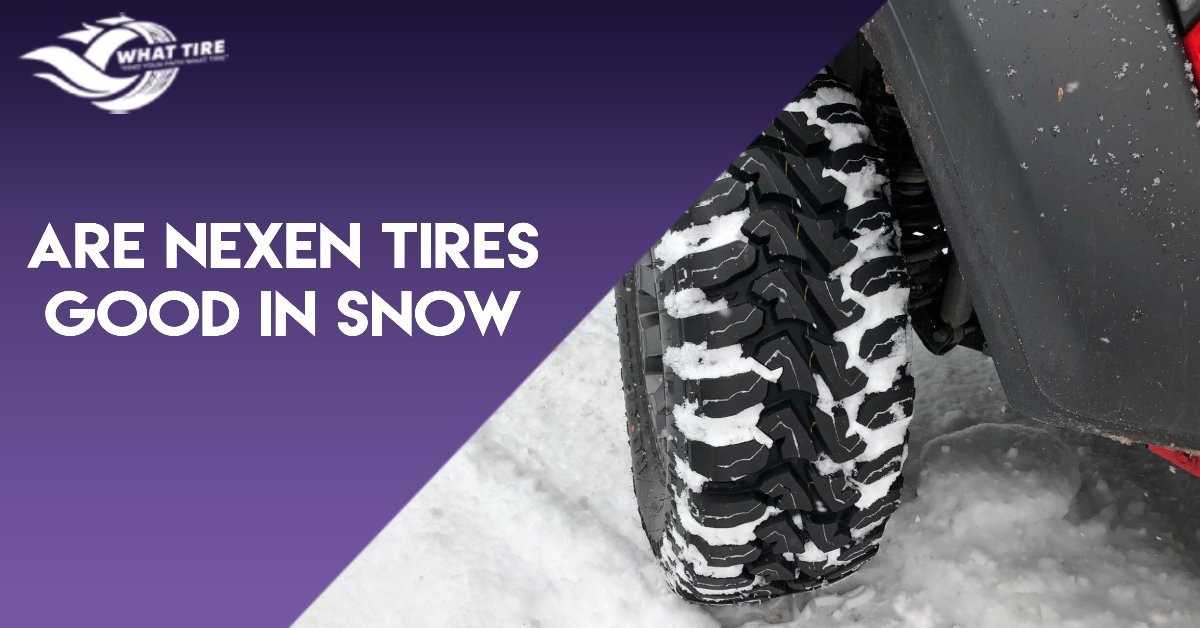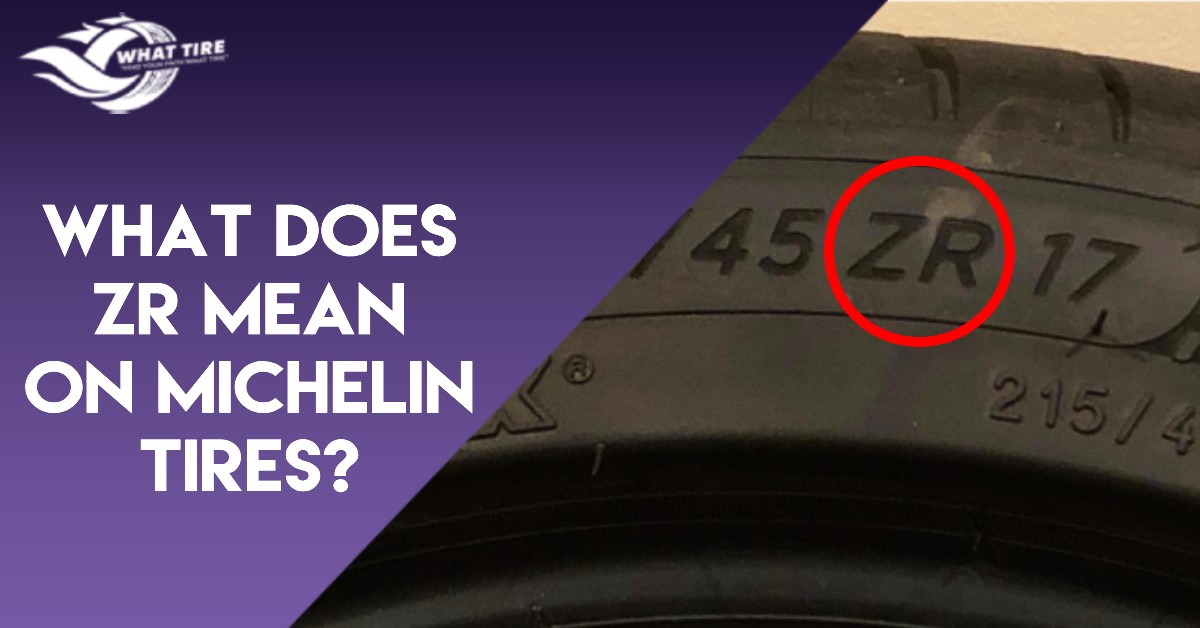Understanding your tires properly and what’s written on them is crucial to take the right steps. Likewise, there is pretty useful information on Michelin tires with many specifications written on them. Among the multitude of specifications associated with tires, the “ZR” rating often stands out. But what exactly does “ZR” mean on Michelin tires? In this post, we understand the mysteries of Michelin ZR tires.
We’ll explore the ZR rating, decode Michelin’s specific coding, compare them to R-rated tires, discuss their performance in winter conditions, and address vital questions like mixing ZR and R tires.
So get ready as we dive deep into the world of Michelin ZR tires to help you make the right choice for your vehicle.
Table of Contents
ToggleWhat Are Tire Ratings?
Tire ratings serve as the standardized language that tire manufacturers use to communicate vital product information to consumers. These ratings are more than just a jumble of letters and numbers; they play a pivotal role in determining which tires are best suited for your vehicle and driving needs.
When it comes to tire ratings, several key factors are typically addressed. These include the tire’s load index, speed rating, and the unique code assigned by the manufacturer, such as the ZR rating.
Understanding these ratings is crucial, as they directly impact your driving experience. The load index tells you the maximum load capacity a tire can support, while the speed rating defines the tire’s maximum safe speed capability.
Also, learn about what tires Michelin makes.
What is The ZR Rating on Michelin Tires?
The “ZR” rating, found on Michelin tires, indicates the maximum speed capability of the tire. The “Z” in ZR stands for “above 149 mph” (240 km/h). In other words, ZR-rated tires are engineered to perform at extremely high speeds that surpass the capabilities of standard tires.
When it comes to Michelin tires, the “ZR” rating is more than just a label; it’s a mark of quality and performance.
Michelin ZR-rated tires are designed to provide exceptional stability and control, even at these elevated speeds. This means that when you choose Michelin ZR tires, you’re opting for a tire that can handle the demands of high-performance vehicles while ensuring a safe and comfortable driving experience.
How is the ZR Rating Determined?
The ZR rating, like other speed ratings, is determined through rigorous testing and evaluation. Michelin employs advanced technology and testing procedures to ensure that their ZR-rated tires meet the high standards expected of them.
These tires undergo extensive testing to verify their performance at speeds beyond 149 mph. Michelin meticulously evaluates factors like tread design, rubber compound, and construction to guarantee that ZR-rated tires maintain their integrity and control, even in demanding conditions.
Michelin Tire ZR Rating Explanation
ZR-rated tires are categorized into different sub-ratings, each denoting a specific range of speeds. These sub-ratings help drivers choose the right tire for their vehicle and driving style. Michelin ZR-rated tires are typically found in three sub-ratings:
- ZR (W): This sub-rating signifies a maximum speed capability of 168 mph (270 km/h). These tires are designed to provide outstanding performance and control.
- ZR (Y): These tires can reach speeds up to 186 mph (300 km/h). Michelin ZR (Y)-rated tires are often seen on high-performance sports cars, offering precision and safety at extremely high speeds.
- ZR (Y) XL: The “XL” designation indicates that these tires have extra load-carrying capacity while maintaining the same high-speed capabilities.
Michelin’s ZR-rated tires cater to a wide range of high-performance vehicles, ensuring that drivers can choose a tire that aligns with their specific needs and the capabilities of their vehicles.
In short, the ZR speed rating on Michelin tires is a testament to their commitment to delivering top-tier performance and safety. These tires are meticulously engineered and tested to handle speeds well beyond what most drivers experience. When you choose Michelin ZR-rated tires, you’re selecting a product that’s synonymous with precision, control, and the thrill of high-speed driving.
What is the Difference between R and ZR Tires?
Tire selection is a critical aspect of vehicle maintenance, and understanding the differences between various tire ratings is essential. When it comes to Michelin tires, one common comparison is between “R” and “ZR” rated tires. Let’s break down the differences between these two categories:
1. Tread Design
R-rated Michelin tires have a symmetrical or non-directional tread pattern for balanced everyday driving. ZR-rated tires feature an asymmetrical or directional tread pattern, optimized for high-speed performance.
2. Speed Ratings
R-rated tires are suitable for everyday driving, with speed ratings around 118 mph (190 km/h). ZR-rated tires are designed for high-performance vehicles and handle speeds exceeding 149 mph (240 km/h).
3. Vehicle Compatibility
R-rated tires fit a wide range of vehicles, from sedans to SUVs. ZR-rated tires are common on high-performance sports cars.
4. Traction and Handling
ZR-rated Michelin tires offer superior traction and handling at high speeds, ideal for aggressive driving. R-rated tires provide good performance but may not match the precision and grip of ZR-rated tires.
What is the Difference Between VR and ZR Tires?
When it comes to high-performance tires, two commonly encountered ratings are VR (V-rated) and ZR (Z-rated). Each rating signifies a specific level of performance and speed capability. Let’s examine the distinctions between VR and ZR tires to help you make an informed choice for your vehicle:
1. Speed Ratings
VR (V-rated) tires are designed for high-speed performance, with a maximum speed capability of up to 149 mph (240 km/h). ZR (Z-rated) tires, on the other hand, excel in even higher-speed applications, with capabilities exceeding 149 mph (240 km/h).
2. Vehicle Compatibility
VR-rated tires are commonly found on a range of high-performance and sports vehicles. ZR-rated tires, however, are typically reserved for top-tier sports cars and other vehicles demanding exceptional speed and handling.
3. Traction and Handling
VR-rated tires offer excellent traction and handling at high speeds, making them suitable for spirited driving. ZR-rated tires take performance a step further, providing superior grip and precision at even more extreme speeds.
4. Ride Comfort and Noise
VR-rated tires often provide a good balance of performance and ride comfort. They tend to generate less road noise compared to ZR-rated tires, which prioritize performance and may generate more noise on the road.
5. Price and Availability
ZR-rated tires, being engineered for top-tier performance, are often more expensive than VR-rated tires. Additionally, ZR-rated tires may have limited availability, as they are specific to certain high-performance vehicles.
Can I Mix ZR and R Tires on my Car?
In general, it is not recommended to mix ZR and R-rated tires on the same vehicle. These two types of tires have different performance characteristics, especially in terms of speed capabilities and handling. Mixing them could lead to imbalanced performance and compromised safety.
Tire manufacturers design tires to work together as a set to ensure consistent handling and performance. Mixing ZR and R tires could lead to variations in traction, responsiveness, and stability, particularly during emergency maneuvers or high-speed driving.
The different speed capabilities of these tires could result in handling imbalances, which might compromise your vehicle’s safety and performance.
Conclusion
In a nutshell, selecting the right Michelin ZR-rated tires for your high-performance vehicle is essential. These tires offer top-tier speed and precision. Whether you prioritize speed or safety, making an informed choice that suits your driving needs is key.
FAQ’s
The best tire speed rating depends on your vehicle and usage. For high-performance cars, ZR-rated tires (Z, W, or Y) excel at high speeds. Standard vehicles are typically fine with H or V-rated tires. Consult your vehicle’s manual for manufacturer recommendations.
ZR-rated tires are designed for high-performance and summer driving. They are not ideal for winter conditions due to their tread and compound. It’s recommended to switch to winter tires for improved traction and safety in cold, snowy, or icy weather.
ZR tire lifespan varies with driving habits and conditions. On average, ZR-rated tires last 25,000 to 40,000 miles. Regular maintenance like rotation and alignment checks can extend their longevity and also make sure to check the manufacturer’s guidelines for specific recommendations.
Upgrading from R to ZR-rated tires is possible if your vehicle supports higher speed ratings and ensure compatibility with your vehicle’s suspension and follow manufacturer guidelines.
ZR-rated tires prioritize performance and their lifespan may be shorter than R-rated tires meant for everyday use. Actual durability varies based on driving habits and maintenance.

